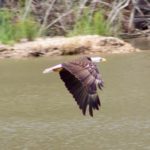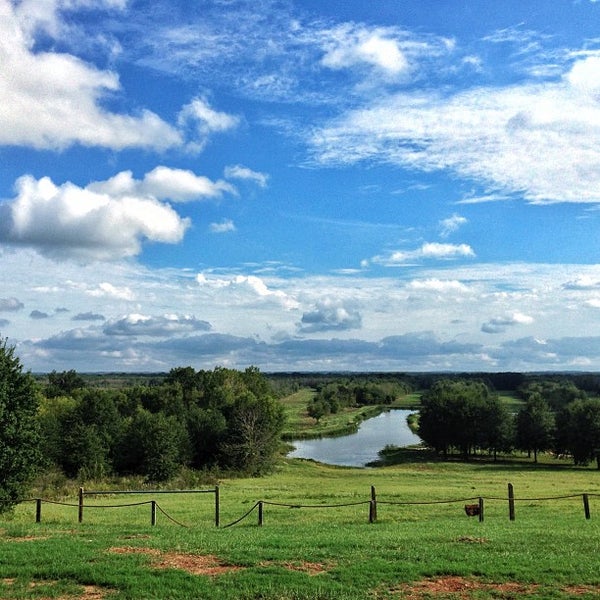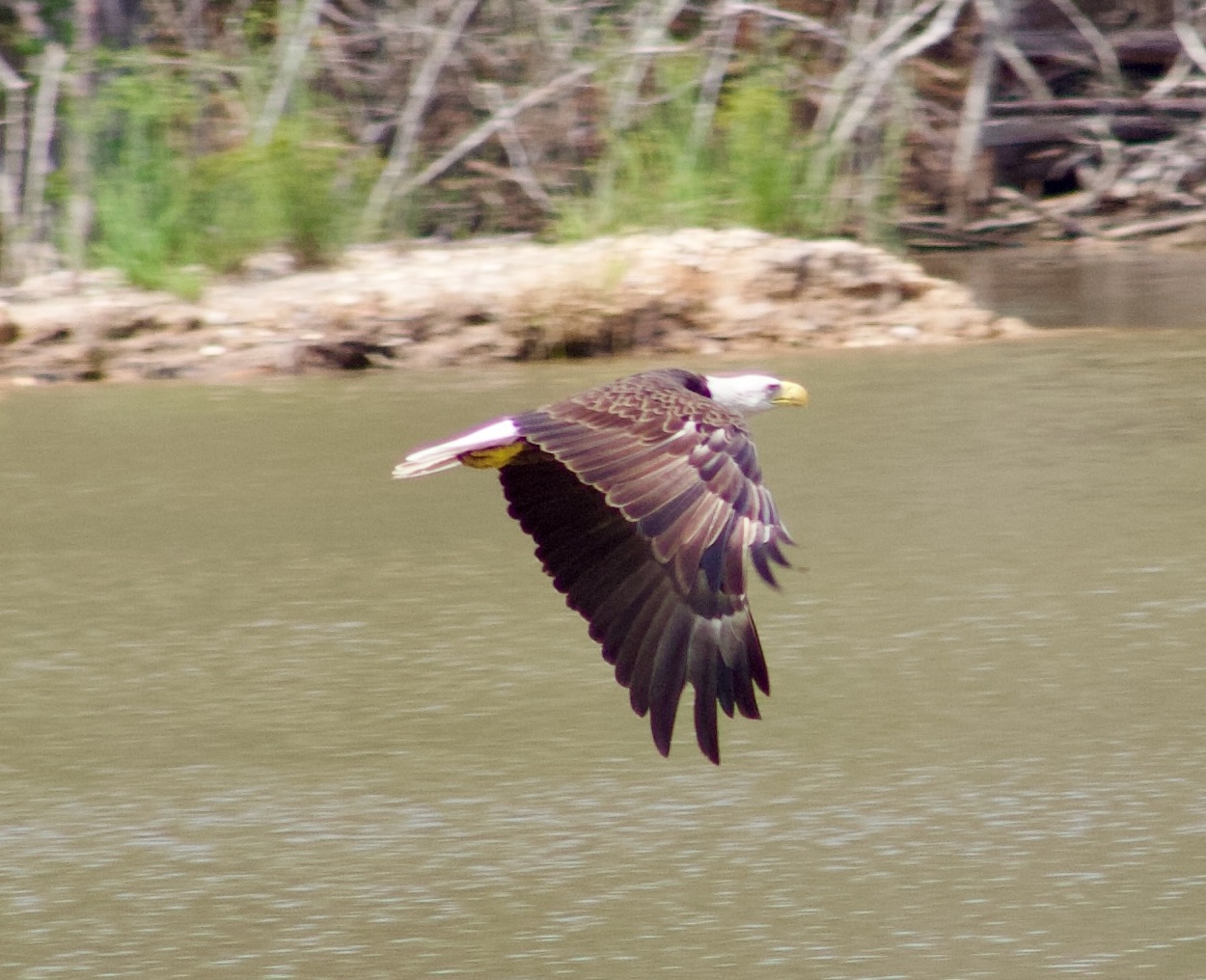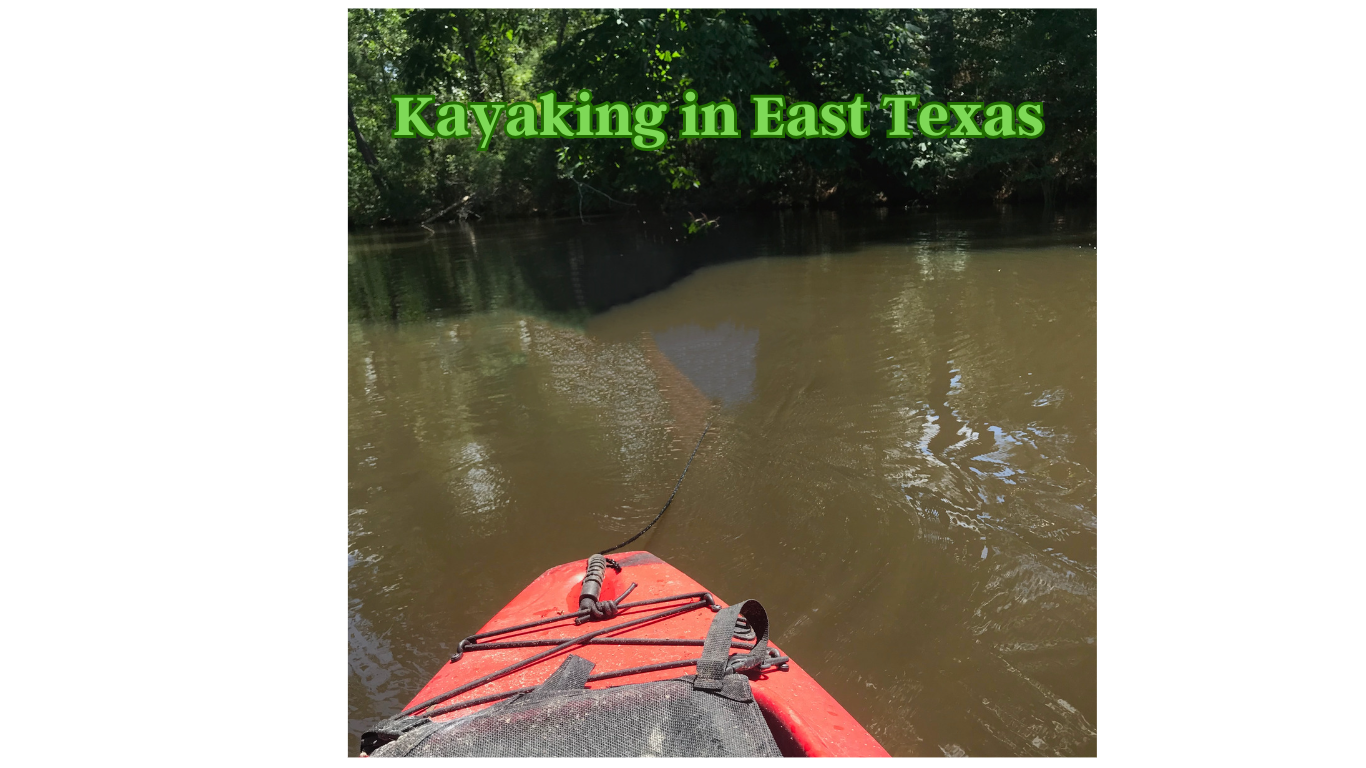As a Texas Master Naturalist, I can’t help but be enchanted by the diverse and beautiful landscapes of East Texas. From the lush forests to the serene wetlands, there are countless hidden gems waiting to be explored by nature enthusiasts. In this article, I introduce you to 7 of the lesser-known parks and nature reserves in East Texas that deserve attention.
Caddo Lake State Park
Known for its mysterious beauty and Spanish moss-draped cypress trees, Caddo Lake State Park offers a unique experience for nature lovers. Covering over 8,000 acres, the park is home to the largest cypress forest in the world. The park features a variety of flora and fauna, including over 70 species of fish, as well as opportunities for fishing, canoeing, and hiking. The labyrinth of bayous, sloughs, and ponds creates a magical atmosphere that is perfect for bird-watching, photography, and simply soaking in the beauty of nature.
Mineola Nature Preserve
Located on the Sabine River, the Mineola Nature Preserve is a true hidden gem. With over 3,000 acres of pristine wilderness, the preserve offers a variety of habitats, including wetlands, forests, and grasslands, making it ideal for bird-watching, hiking, and equestrian activities. The preserve is home to over 193 species of birds, 48 species of mammals, and 29 species of amphibians and reptiles, making it a wildlife enthusiast’s paradise. Don’t miss the opportunity to walk along the five miles of trails, which offer stunning views of the Sabine River and numerous ponds.
Martin Creek Lake State Park
Situated on the picturesque shores of Martin Creek Lake, this state park offers a peaceful retreat for nature lovers. The park features a variety of plant and animal life, including white-tailed deer, raccoons, and a variety of waterfowl. Opportunities for fishing, boating, and hiking abound in this serene, 286-acre park. The 5-mile hiking trail offers beautiful views of the lake, while the park’s three fishing piers make it easy to cast a line and try your luck at catching largemouth bass, catfish, or crappie.
Gus Engeling Wildlife Management Area
This 10,000-acre wildlife management area is a haven for a wide variety of flora and fauna, including endangered species such as the red-cockaded woodpecker. With an extensive trail system and a variety of habitats, including bottomland hardwood forests, upland pine forests, and seasonally flooded wetlands, the area offers a unique opportunity for wildlife observation and photography. In addition to hiking and bird-watching, visitors can enjoy fishing in the many ponds and streams that dot the landscape.
Mission Tejas State Park
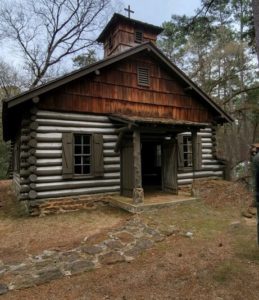
Steeped in history, Mission Tejas State Park is the site of the first Spanish mission in Texas. In addition to its historical significance, the park offers a variety of recreational activities, such as hiking, fishing, and camping, amidst its beautiful pine forests. The park’s 660 acres provide plenty of opportunities for exploration, including the scenic 3-mile trail along the ridgeline, which offers stunning views of the surrounding forests and the Neches River Valley.
Big Thicket National Preserve
Often referred to as the “biological crossroads of North America,” Big Thicket National Preserve is a unique convergence of multiple ecosystems, including swamps, forests, and savannas. With over 113,000 acres to explore, this national preserve is home to a vast array of plant and animal species, making it an ideal destination for nature enthusiasts. The park offers numerous hiking trails, canoeing opportunities, and even guided ranger programs for visitors looking to learn more about the area’s rich biodiversity.
Daingerfield State Park
Nestled in the heart of the Piney Woods, Daingerfield State Park is a 506-acre park centered around the beautiful Daingerfield Lake. The park is known for its vibrant fall foliage, making it a popular destination for leaf-peeping enthusiasts. With opportunities for hiking, fishing, boating, and swimming, visitors can enjoy a variety of outdoor activities while taking in the stunning natural beauty of the park. The 2.5-mile Mountain View Trail offers panoramic views of the lake and surrounding forests, making it a must-visit trail for hikers.
By exploring these lesser-known parks and nature reserves in East Texas, you’ll discover a world of natural wonders and hidden gems that often go unnoticed. As you venture from the more well known parks, you’ll not only deepen your appreciation for the diverse beauty of East Texas but also contribute to the conservation of these precious ecosystems. So grab your hiking boots, bottled water, binoculars, and a sense of adventure, and embark upon a journey to uncover the true treasures of East Texas.
Be sure to check the official websites before you go. There may be unforeseen closings at different times of the year depending on weather or other environmental impacts.


